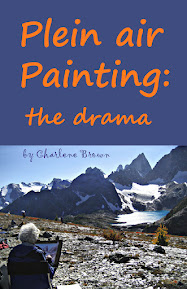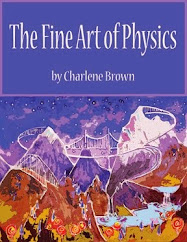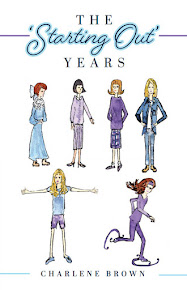Americas & Pacific
The pre-Incan Temple of the Crossed Hands, in Kotosh,
Peru, is the oldest archaeological structure in the Andes. Stone constructions suggest that complicated
building work began here in the third Millennium BCE centuries before anywhere
else in the Americas.

Europe
Construction of Mnajdra, part of the UNESCO World
Heritage Site, Megalithic Temples of Malta, began in the fourth Millennium BCE,
and this part on a hilltop overlooking the sea and the islet of Fifla, was
built in the third Millenium BCE. The temples of Malta are among the oldest
religious structures on Earth.
Near East & Africa
This stylized version of the
bas-relief carving on the Garden Tomb of Hili at the Al Ain oasis in present day United Arab Emirates, represents the Umm Al
Naar civilization that flourished at the southeast end of the Persian Gulf in
the third Millennium BCE. The tomb was constructed in the same time period as
the much grander neo-Sumerian ziggurat at Ur in present-day Iraq, and the Old
Kingdom Pyramids and Sphinx at Giza in Egypt.
Asia
Mohenjo-daro, one of the largest settlements in the
ancient Indus River civilization, was built in about the middle of the third
Millenium BCE. It is located in the province of Sindh, Pakistan.
The city was abandoned soon after the
beginning of the second Millenium (19th century) BCE, and the site
was not re-discovered until the early 20th century CE.











































